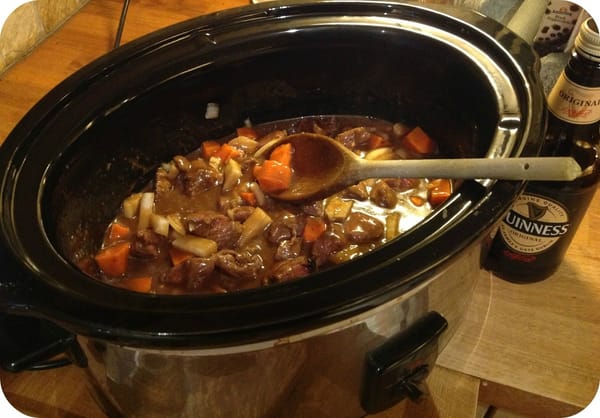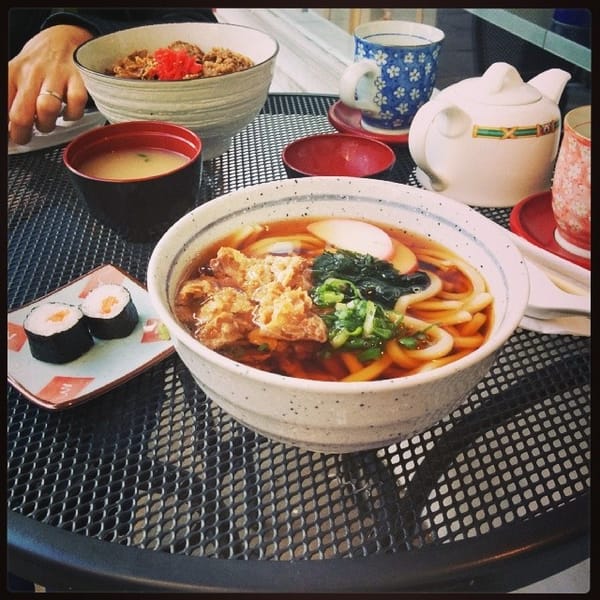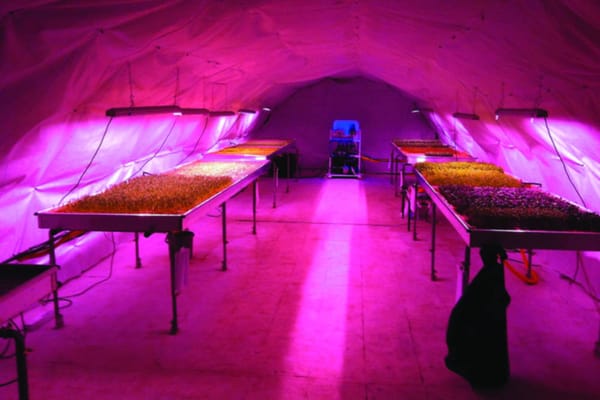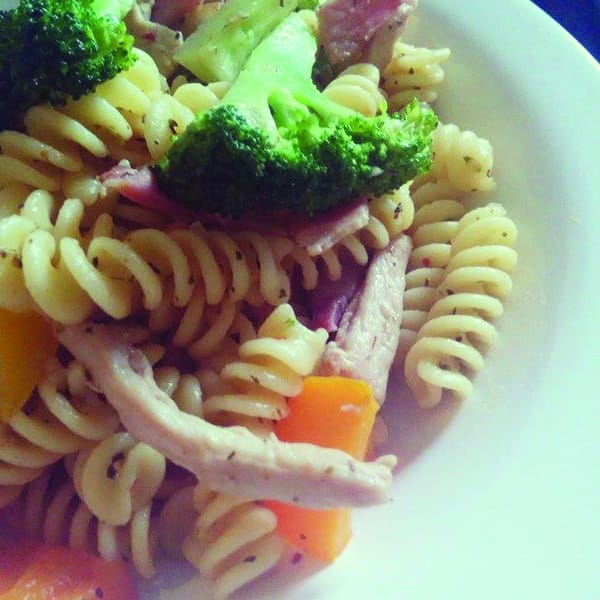What’s up with all these diets?
Michelle Tan explores both the longstanding and the faddy
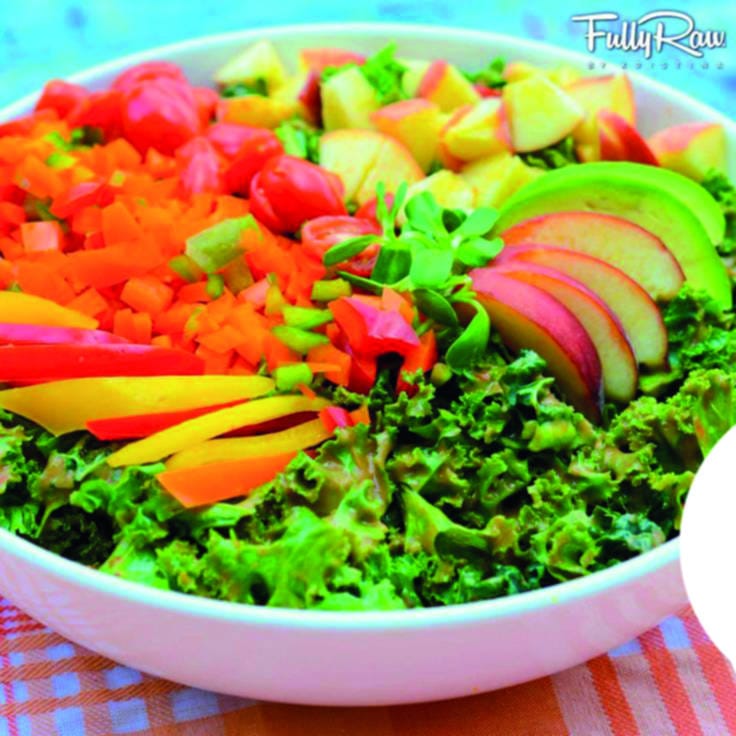
Νowadays there seems to be a host of diets that we have heard of but know nothing about. And yet, people still seem to think that these diets are good for their health. But do we really know what we are getting ourselves into?
The media today is so overwhelmingly influential that it can convince anyone to jump on the bandwagon. So now is the time to clear up all the rumours, debunk some diets out there and find out what they are really all about.
Gluten Free (GF)
It has gotten a lot of attention lately for being a “healthier” diet, but the main reason for the increased hype is due to a spike in people with gluten intolerance; whether from coeliac disease, wheat allergies or non-coeliac gluten sensitivity. For clarification, only the first of these is an autoimmune disease.
In recent years, food manufacturers have jumped on this increased demand for GF food products, so now we find that there is a section in every supermarket containing GF food. Some have been able to attract purchases with a preconceived notion that they are somehow “healthier” and “cleaner”. There might be some truth to this, as some (especially women) seem to find that lowering their gluten consumption helps to keep bloating at bay. Whether this is just a placebo effect has yet to be determined, though. In addition, cutting out gluten tends to mean leaving out a variety of wheat products (which tend to be high-calorie), so in most cases GF dieters do end up losing weight.
However, just because these specialist foods are labeled “gluten free” doesn’t necessarily mean they aren’t loaded with sugar and other unhealthy ingredients. Nevertheless, for true allergy/intolerance sufferers, these might be the only option.
That said, any beneficial effects of going GF are easily nullified if you don’t supplement your carbs with enough protein, fruit or veg - in fact, it can be very easy to end up nutritionally imbalanced on this diet.Paleo
This is a slightly newer diet trend that has become popular amongst health nuts, and is in some aspects our last-ditch effort to somehow make our ‘growing’ population grow a little less (sideways, that is). This means eating how cavemen eat: anything you could hunt or find, you can eat, but everything else is forbidden.
You might be thinking that the “back-to-caveman-basics” association is a bit of a marketing ploy, but it does have some scientific basis. The average human back then was muscular, agile and fit – compared to the overweight, out of shape, stressed and sleep-deprived average human of now. Paleo followers believe that the difference is in the food we consume, and that our nutritional needs have yet to change from those of our cavemen ancestors – so why change from them?
As such, this diet consists of eating vegetables, fruits and meat - without any dairy, grains, sugar or processed food (agriculture wasn’t a thing in the Paleolithic era, hence the ban on grains; fibre can still be obtained via all sorts of fruit and veg).
It isn’t without its critics however, as health experts cite the increased risks of cancer that seem to be linked with higher meat consumption. Nevertheless, if you are feeling lethargic, living on 8 cups of coffee a day with energy levels near the floor, followers swear by the increase in energy Paleo provides. Perhaps switch up just one of your meals in the day to Paleo – there’s no harm in eating more fruits and vegetables!
Raw
I’ve come across a YouTuber called “Raw Kristina” who has eaten raw for almost 10 years, and has shown her viewers that contrary to popular belief she isn’t nutritionally deficient. Proponents believe that applying heat to food actually doesn’t have any nutritional benefit (even lowering it in some cases), except for preventing us from getting food poisoning – and we wouldn’t get food poisoning in the first place if we didn’t have foods like meat as part of our diet. As most raw foods are naturally low-fat and low-calorie, weight loss naturally goes hand in hand with it.
There is no cooking involved so food prep_ can _be incredibly quick and easy, and raw foodies like Kristina swear by regular use of a blender in order to make their raw smoothies and salad dressings. However, becoming a real raw foodie can sometimes be difficult. Cost is usually the key inhibiting factor – since everything you are eating is raw, followers tend to go organic as well (to minimize ingested nasties like pesticides), which hikes up your grocery budget.
Then there’s gadgetry. Dehydrators are another tool often used by raw foodies, but these can often take forever to prepare a batch of food. Also, being a raw foodie when you like socializing and eating out with friends can be inconvenient at times.
So yes, a raw food diet can be potentially cleansing for the system, but to go all out can require a substantial amount of money, effort and time. It would be more practical to maybe try out a couple of raw meals if you are feeling bloated, or just need a mid-week pick-me-up!
Conclusion
These examples are only the tip of the iceberg. In most cases, proper longstanding diets have one thing in common: balance and moderation. Your schedule might dictate that some ‘rules’ are more practical and easier to follow than others, and that’s fine as long as your body is healthy and happy.
Each diet has its own set of followers – whether you choose to go all out with one diet, or pick a few bits of each and incorporate them into your lifestyle, your health and well-being are of utmost priority. The most important thing is to be adventurous and keep trying a variety of new things so you don’t get stuck in any unhealthy ruts.
Have fun eating healthy and trying out new recipes; if they happen to be gluten free, paleo or raw then that’s an added bonus!


